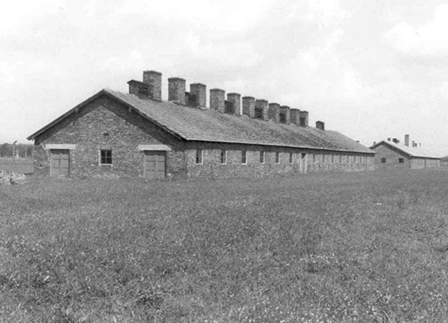- Summary
- This dissertation examines representations of Germans during and after the Cold War. More specifically, it explores how during this period the American cultural landscape was populated by several mass media "sites of memory," places where collective memories and understandings of Germans in the United States were revealed, constituted, and contested. It investigates how American and German actors, both public and private, attempted to create, promote, manipulate and suppress certain representations. It uses the notion of "interpretive communities" to organize and discuss the various responses to these images. Ultimately, it argues that two main narratives-a World War narrative and a Cold War narrative-structured American interpretations of the Germans. The World War narrative, symbolized primarily by the Third Reich and the Holocaust, portrayed the Germans as unreconstructed Nazis still bent on world conquest, whereas the Cold War narrative, primarily through the symbol of Berlin, depicted the Germans as brave democrats dedicated to the defense of the West. The dissertation examines how these different narratives competed for dominance and how they fared in light of different international and domestic contexts.
- Format
- Book
- Author/Creator
- Etheridge, Brian Craig, 1973-
- Published
- [Place of publication not identified] : [publisher not identified], 2002
- Locale
- Germany
Berlin (Germany)
United States
- Notes
-
Thesis (Ph. D.)--Ohio State University, 2002.
Includes bibliographical references (pages 307-326).
Photocopy. Ann Arbor, Mich. : UMI Dissertation Services, 2003. 22 cm.
Dissertations and Theses



